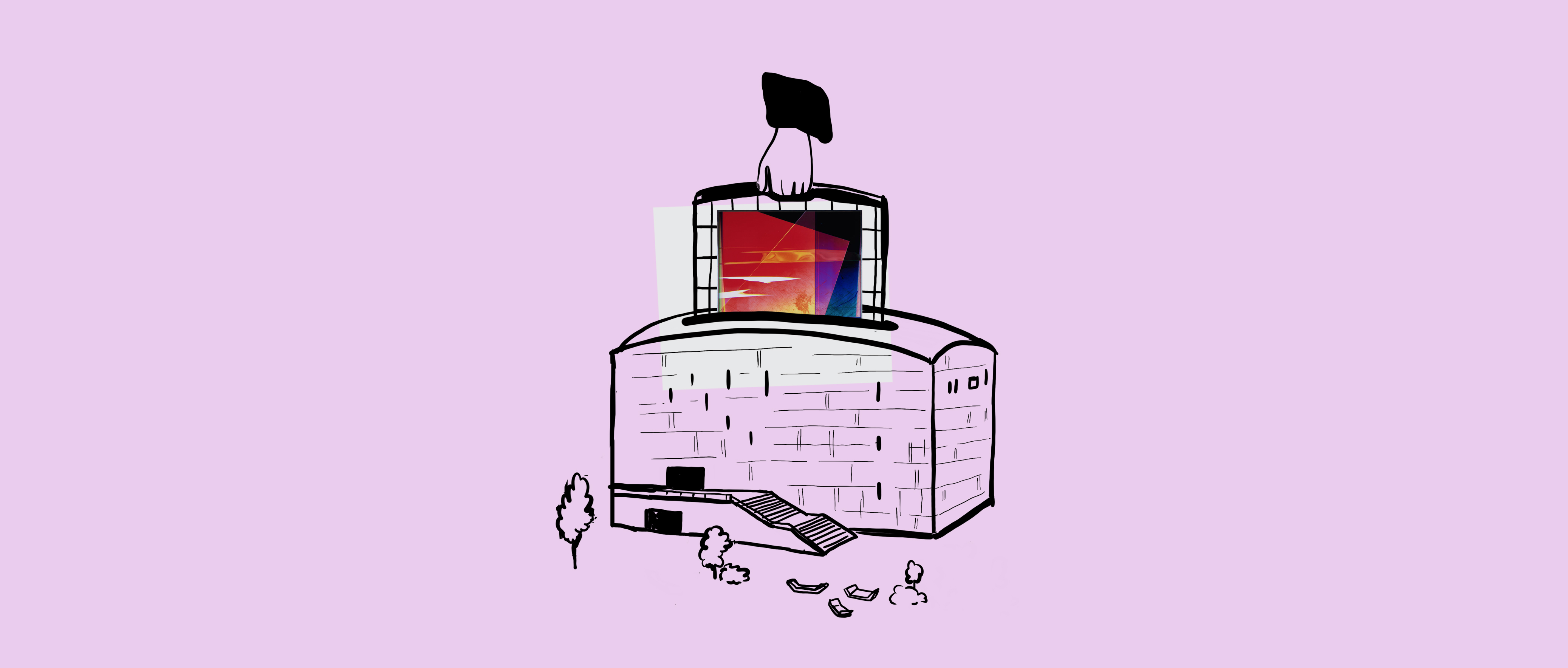
Brus, Günter
Wolters, Henning
„Der helle Wahnsinn“, für Aachen: „Die Architektur des hellen Wahnsinns“
1968
| Object description | 16 b/w photographs |
|---|---|
| Object category | photographie |
| Dimensions |
Objektmaß:
height: 30,5 cm,
width: 21 cm
|
| Year of acquisition | 2006 |
| Inventory number | MG 169/0 |
| Creditline | mumok - Museum moderner Kunst Stiftung Ludwig Wien, Schenkung des Künstlers |
| Rights reference | Brus, Günter | Wolters, Henning |
| Further information about the person | Brus, Günter [GND] |
| Literature | Wiener Aktionismus.Kunst und Aufbruch im Wien der 1960er-Jahre |
Photography: Henning Wolters, Essen Reiff-Museum, (Rheinisch-Westfällische Technische Hochschule, Schinkelstraße 1, Aachen Günter Brus carried out this action in the Reiff-Museum in Aachen—a building belonging to the Rhenish-Westphalian Technical University. He had been invited by architecture students, which he references in the work’s title. Brus is wearing normal clothes and the action takes place in a circular arena formed by the viewers. At the beginning he is lying on the ground in a fetal position; in front of him is a plate with an egg that has been cracked open. He sucks it up with convulsive gestures and spits it out again. In subsequent parts of the action, he urinates in a bucket and uses a razor blade to give himself a bloody cut in the chest, through his shirt. With such deliberate and reduced but nonetheless very powerful gestures, he exposes his body in a way that the cultural norms of conventional behavior would read as somewhere between shocking and pathological. He thus transforms the image of himself as an emblem of human suffering that he had embodied in his early “self-mutilation actions” into that of a confident body representing freedom from and rebellion against cultural and political repression through a kind of self-therapy. In his last action, titled "Zerreißprobe" (Stess Test), this development would be brought to almost to the point of self-destruction.
© mumok – museum moderner kunst stiftung ludwig wien